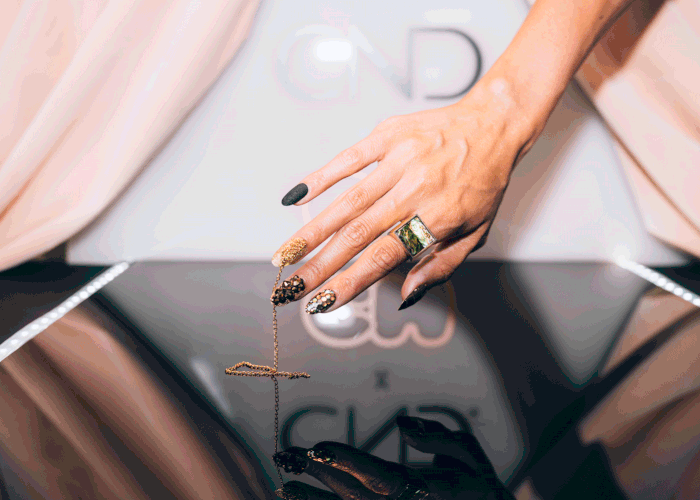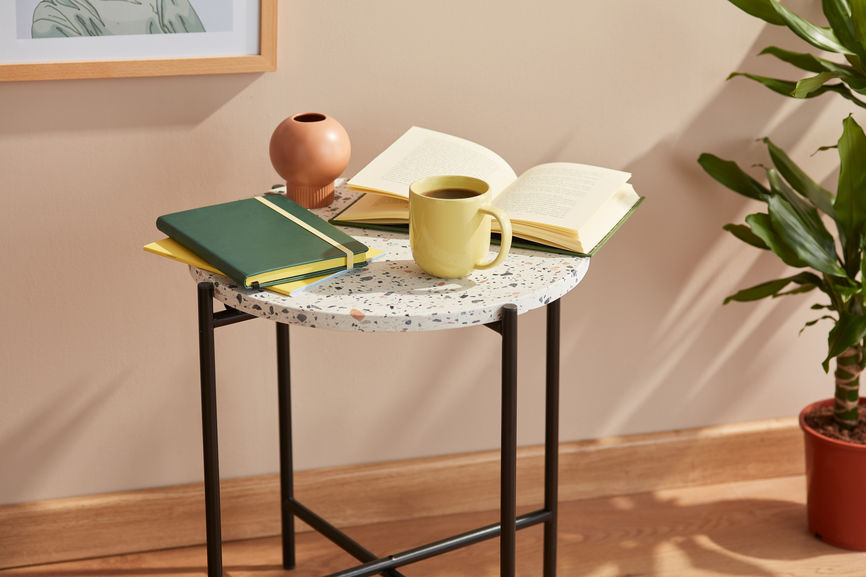
A fairly well-known fact about me is that I’ve always wanted to pick up journaling. So often I buy a perfectly good journal and tell myself I’m going to curl up with a cozy blanket and write in it for hours — but then end up leaving it on my desk for weeks, or even months, on end (kind of like some of my books… am I seeing a trend here?). Whether it’s a lack of time or a lack of inspiration, I find myself reaching for anything but the journal I’ve just bought. I knew there had to be a better way to pick up this habit. People journal all the time! Have I just been approaching it the wrong way?
So after speaking with Stacia Pierce, award-winning celebrity life coach, entrepreneur, author, and founder/CEO of LifeCoach2Women and doing a little research of my own, I’m now positive that journaling should be added to your growing list of bold self-care moves. Yup, I went there. Here’s why.
Why Journaling?
The mental benefits of journaling are seemingly innumerable. For starters, Pierce explained to me that, “journaling helps you get clear [with] your thinking,” (which is something I definitely know I need to add more of into my everyday life). Writing out your thoughts, feelings, and emotions on paper can have a hugely positive effect on your overall state of well-being. The clarity and emotional release that journaling provides can help lower anxiety, stress, and even help you sleep better (a little magnesium can probably help with that last one, too).
Oh, and you know that itching feeling where you just need to write something down in order to “see it” better and figure it out? There’s a reason behind that feeling, too. Pierce continued, saying, “writing out problems on paper … [can] help the writer to find solutions much faster.” This is what she likes to call the “brain dump” aspect of journaling. “Oftentimes, the answers come [quickly] when you can see what’s on your mind [after writing your thoughts down on a piece of paper].”
Not only can journaling be therapeutic and assist you in overcoming problems, but it can also help improve your memory, evoke mindfulness, combat signs of depression, and even help those with PTSD or a history of trauma. Pierce also states that journaling can simply just, “make you happier!” Basically, journaling is the real deal when it comes to healing and caring for yourself from the inside out.
If you’re feeling inspired to jot your thoughts down on a few fresh pages of your own, you’re probably wondering what kind of journaling you should try to begin this writing journey. That’s right, there isn’t just one way to go about journaling, there’s actually about one million different ones. Yes, I’m exaggerating a bit here (as usual) but seriously, the ways in which you can journal are almost as endless as its benefits. See below for five of my favorite styles of journaling combined with some beautiful and functional journals to help get you started (I’m a firm believer that investing in aesthetically-pleasing items will make you use them more), and some tips for keeping it going.
Gratitude Journal
Rollbahn Spiral Notebook by Delfonics
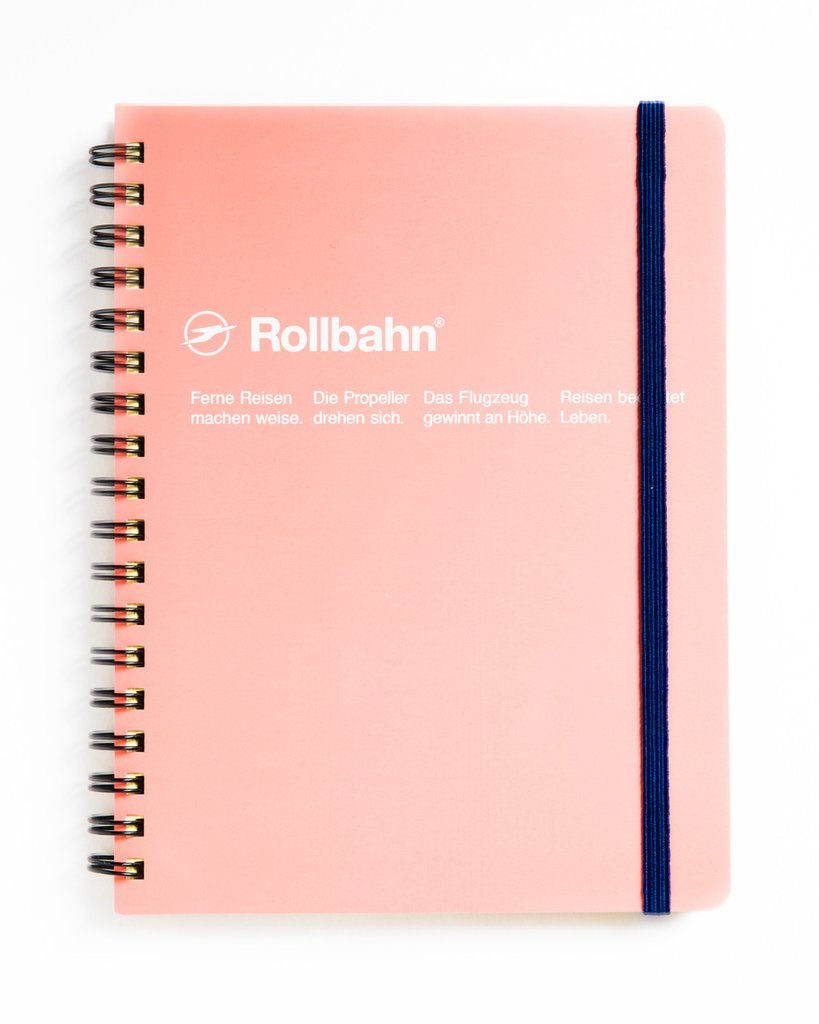
Writing down as little as three things that you’re grateful for each night before bed or right after you wake up can dramatically change your mood. According to Pierce, gratitude journaling, “puts you in remembrance of all the good in your life, instead of only focusing on what you don’t have.” This type of journaling really helps you slow down and keeps life in perspective, and it’s scientifically proven to lower your stress levels and give a “greater sense of calm” at night. It doesn’t have to be as deep as you might think, either. Even just writing down something as seemingly trivial as “I caught the train right as it was coming into the station” is a perfect entry! A simple notebook like this one by Delfonics can be the perfect blank canvas for your appreciation (and it comes in a ton of colors and sizes). Keeping it on your nightstand is a great way to make sure you actually write in it so you can ensure you reach maximum chill before you sleep.
Bullet Journal
Goalbook by Rhodia
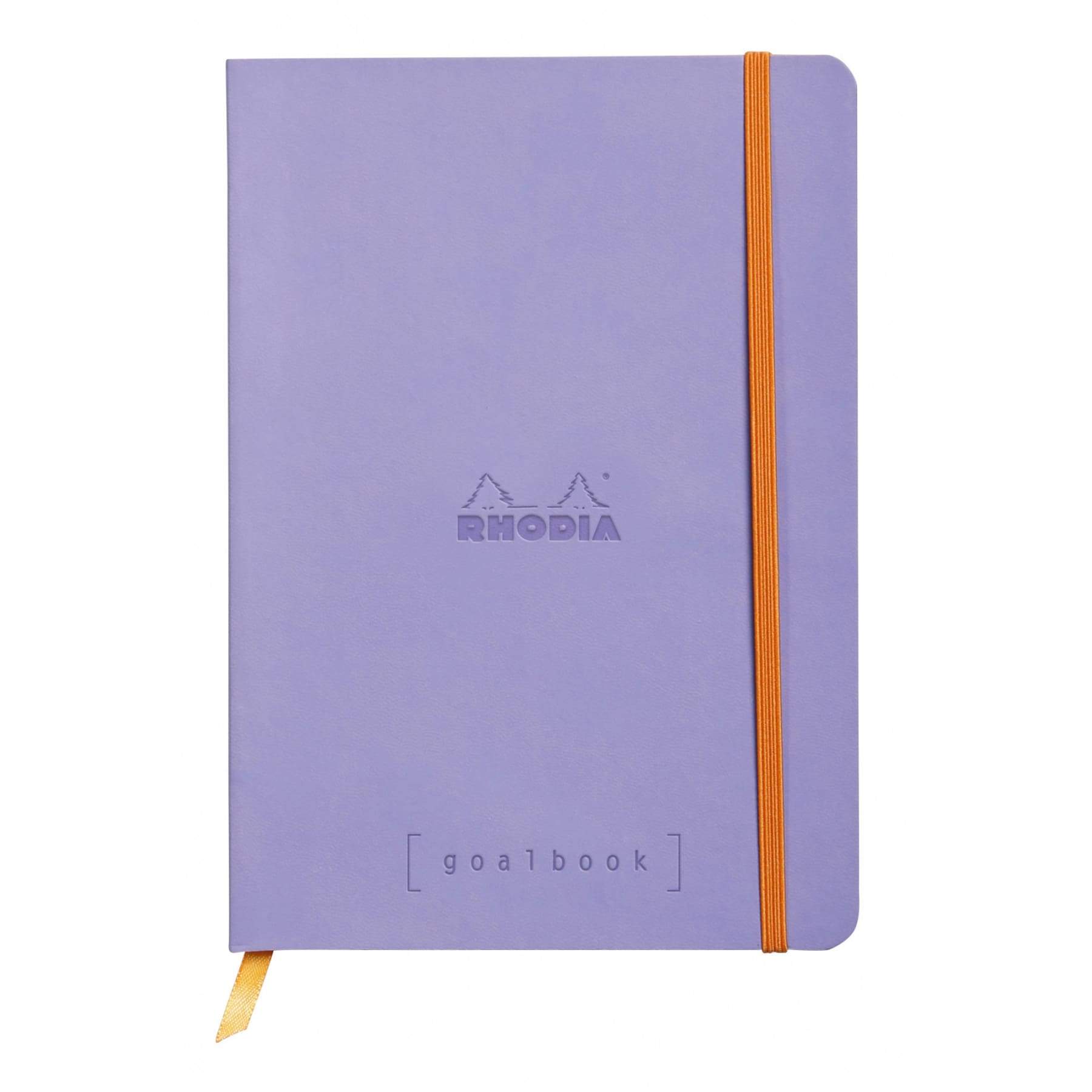
Calling all organizers: this type of journaling will get your life in check. The bullet journaling system, which is essentially a bulleted list of tasks, events, and notes, is perfect for clearing your mind of daily clutter and increasing productivity. This type of journaling is about as customizable as it gets. You can create a spread in your “BuJo” (as it is affectionately called by its fanbase) for just about anything, like tracking your water intake for the week. You can make a bullet journal out of just about any notebook, but a dedicated journal like Rhodia’s Goalbook is great if you want to really dive in, as it’s already got numbered pages, calendar spreads, and a table of contents to help get you started. Looking for inspiration? Instagram is definitely the place for that, with accounts like this one, this one, and of course the neverending #BuJo tag, always being updated with new spread ideas and styles.
Morning Pages
Object Notebook Lilac

Cue the brain dump. According to its creator, author of The Artist’s Way Julia Cameron, Morning Pages are “three pages of longhand, stream of consciousness writing, done first thing in the morning” that are supposed to help boost creativity. While that’s surely true, we like to see morning pages as steps to peace and clarity. Writing literally anything that comes to mind in the morning, without having to worry about your grammar, is also a great way to ease into the practice of journaling without feeling a lot of pressure. Poketo’s Object Notebook is completely blank, free of any lines and color, and ready to be filled every morning with anything your groggy heart desires.
Guided Journal
The Five-Minute Journal By Intelligent Change
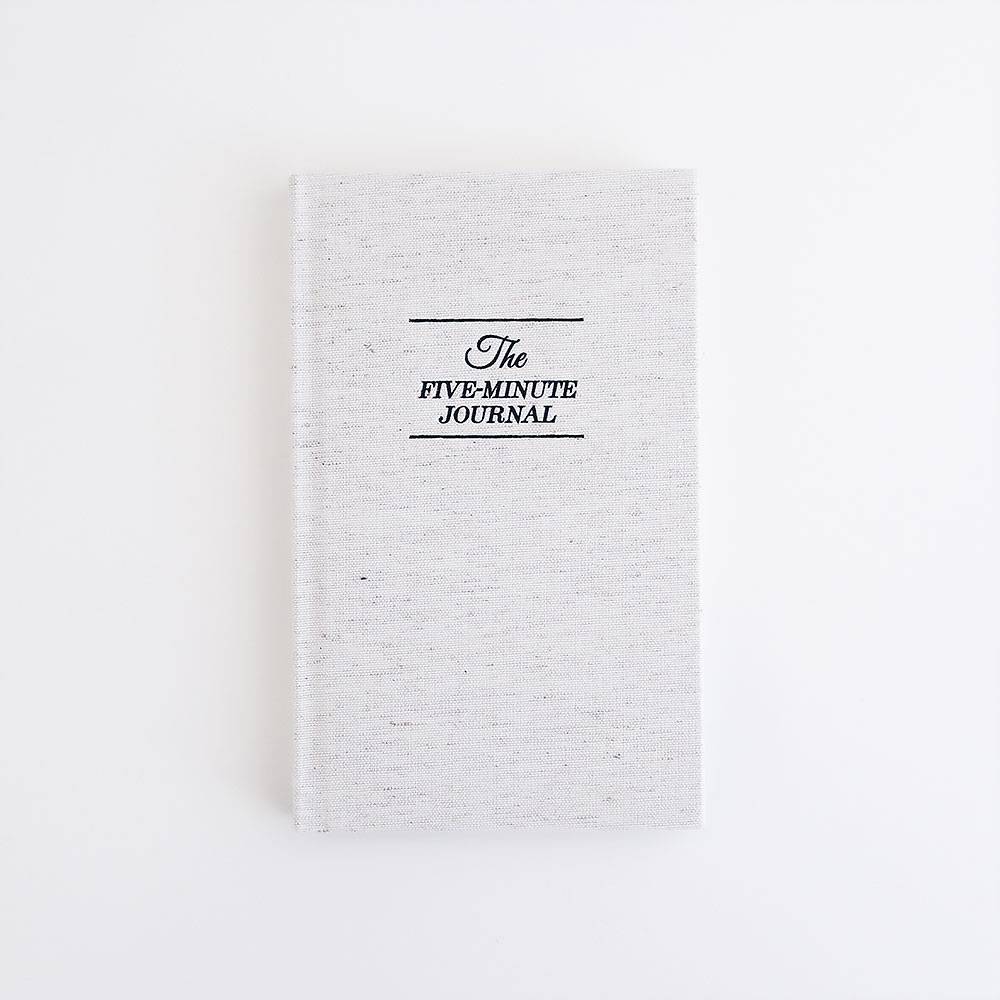
A blank journal can definitely be intimidating; a journal with prompts, themes, and questions can really help get your creative juices flowing. “Journaling gets easier when you have a theme or a focus to write about,” states Pierce. Intelligent Change’s 5 Minute A Day Journal has all that in one extra low-stakes package. The prompts are simple: three questions in the morning and two at night, each enforcing positive habits like “daily affirmations” and “what could I have done to make this day better?” This type of journal is perfect for both beginners and the uber-busy. Just a few minutes in the day and a few minutes at night will get the job done. Bonus points for being super cute and portable, too.
Classic Journal
Medium Lined Journal by Shinola
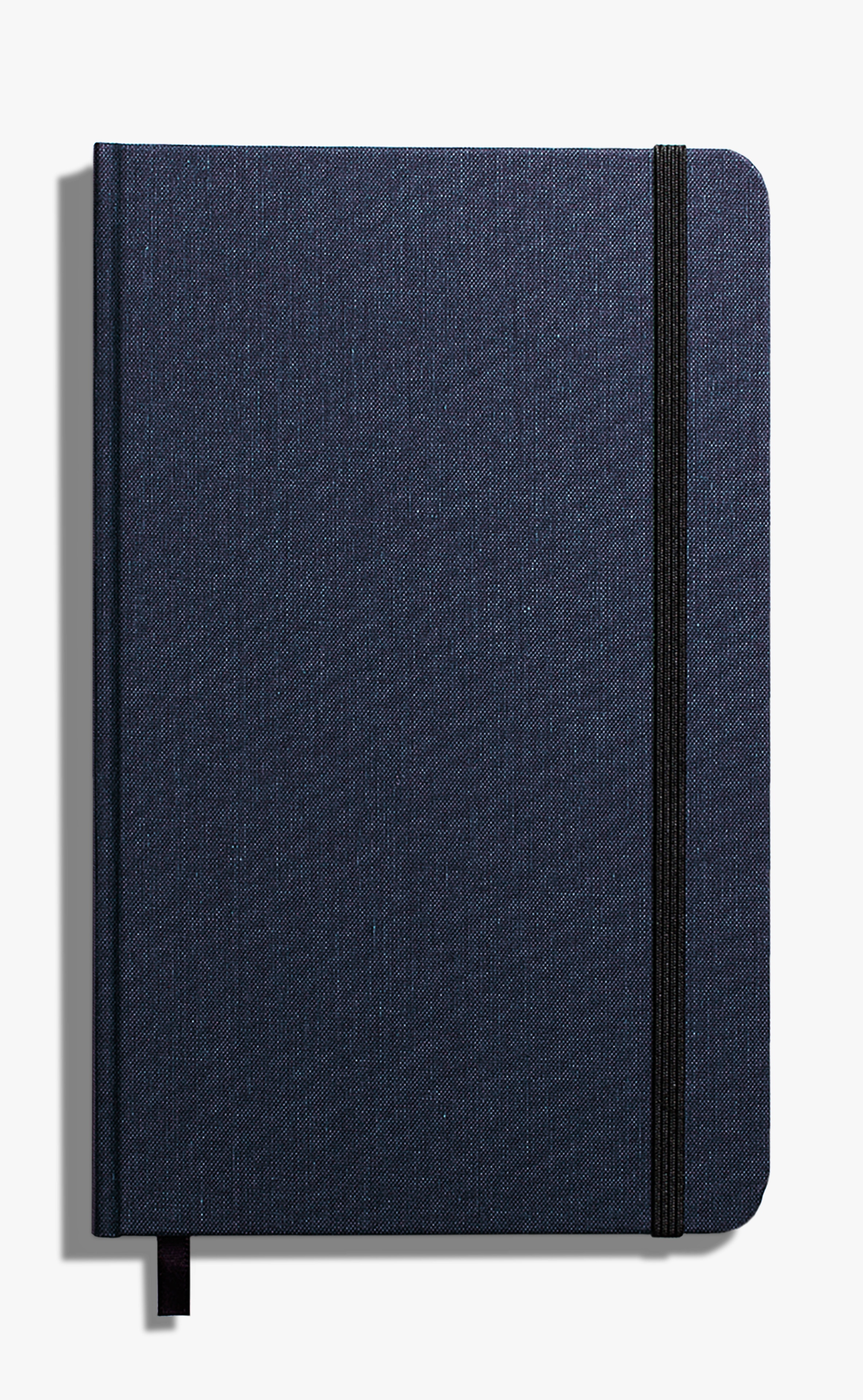
To round off the list we have the classic journal. There’s absolutely nothing wrong with sticking to what works! Whether you write one paragraph a day or three whole pages, you’ll reap all the wonderful benefits of journal writing and have a physical log of all the inner workings of your mind, the minutia of your days, your goals, dreams, secrets, or just anything you feel like writing down! My favorite traditional journal is from Shinola Detroit. It’s sturdy, clean, and has really high-quality paper. Tip: if there is a location near you, you can also monogram them for free in-store for a super luxe touch.
Happy writing!
–
Feature image via Stocksy

